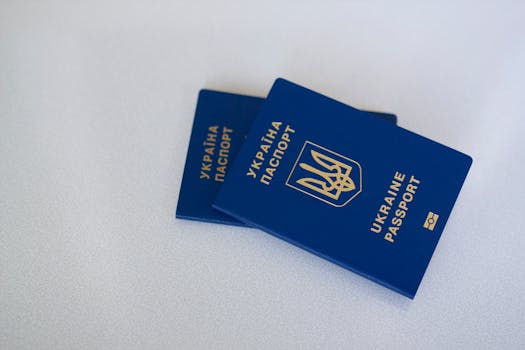“
Mindfulness Practices for Stress Relief: A Guide to Reducing Anxiety
Introduction to Mindfulness
Mindfulness practices for stress relief have gained popularity in recent years, and for good reason. Mindfulness is the practice of being present in the moment, paying attention to your thoughts, feelings, and sensations without judgment. It is a powerful tool for reducing stress and anxiety, improving sleep, and increasing overall well-being.
Benefits of Mindfulness
The benefits of mindfulness are numerous. Regular mindfulness practice has been shown to reduce stress and anxiety, improve mood, and enhance cognitive function. It can also help to reduce chronic pain, improve sleep quality, and boost the immune system. Additionally, mindfulness has been shown to increase self-awareness, self-acceptance, and self-compassion, leading to a more positive and compassionate relationship with oneself and others. For more insights on self-discovery, check out Unveiling the Radiant Allure: A Journey of Self-Discovery and Empowerment.
Mindfulness Practices for Stress Relief
There are many different mindfulness practices that can help to reduce stress and anxiety. Some of the most effective include:
- Meditation: Meditation involves sitting comfortably, focusing on the breath, and letting go of distracting thoughts. Regular meditation practice can help to reduce stress and anxiety, improve mood, and enhance cognitive function.
- Yoga: Yoga combines physical movement with deep breathing and meditation techniques. It can help to reduce stress and anxiety, improve flexibility and balance, and enhance overall well-being.
- Deep Breathing Exercises: Deep breathing exercises involve slow, deliberate breathing, focusing on the sensation of the breath moving in and out of the body. This can help to calm the nervous system, reduce stress and anxiety, and improve mood.
- Body Scan: A body scan involves lying down or sitting comfortably, bringing awareness to different parts of the body, and releasing any tension or discomfort. This can help to reduce stress and anxiety, improve sleep quality, and enhance overall well-being.
- Mindful Movement: Mindful movement involves paying attention to the sensations in the body while engaging in physical activity, such as walking or stretching. This can help to reduce stress and anxiety, improve mood, and enhance overall well-being.
Incorporating Mindfulness into Daily Life
Incorporating mindfulness into daily life can be simple and straightforward. Here are some tips to get started:
- Start small: Begin with short periods of mindfulness practice, such as 5-10 minutes per day, and gradually increase as you become more comfortable with the practice.
- Be consistent: Aim to practice mindfulness at the same time each day, such as first thing in the morning or before bed.
- Find a quiet space: Identify a quiet, comfortable space where you can practice mindfulness without distractions.
- Use guided recordings: Listen to guided recordings, such as meditation or yoga classes, to help you get started with mindfulness practice.
- Make it a habit: Incorporate mindfulness into your daily routine, such as right after waking up or before a meal.
For additional tips on creating a peaceful environment, consider reading Incorporating Plants for a Vibrant, Fresh Feel in WordPress.
See more:
https://www.mindful.org/
https://www.yogaalliance.org/
https://www.apa.org/topics/mindfulness






